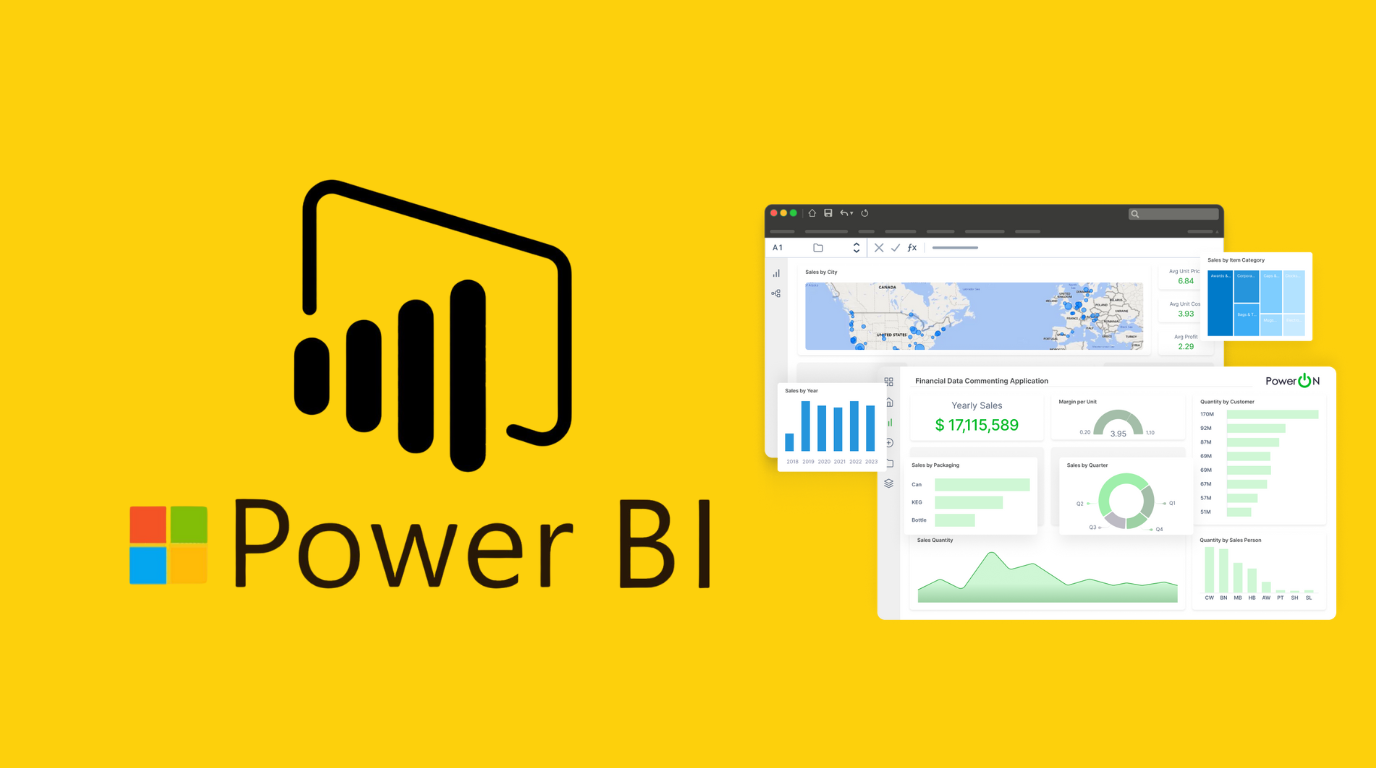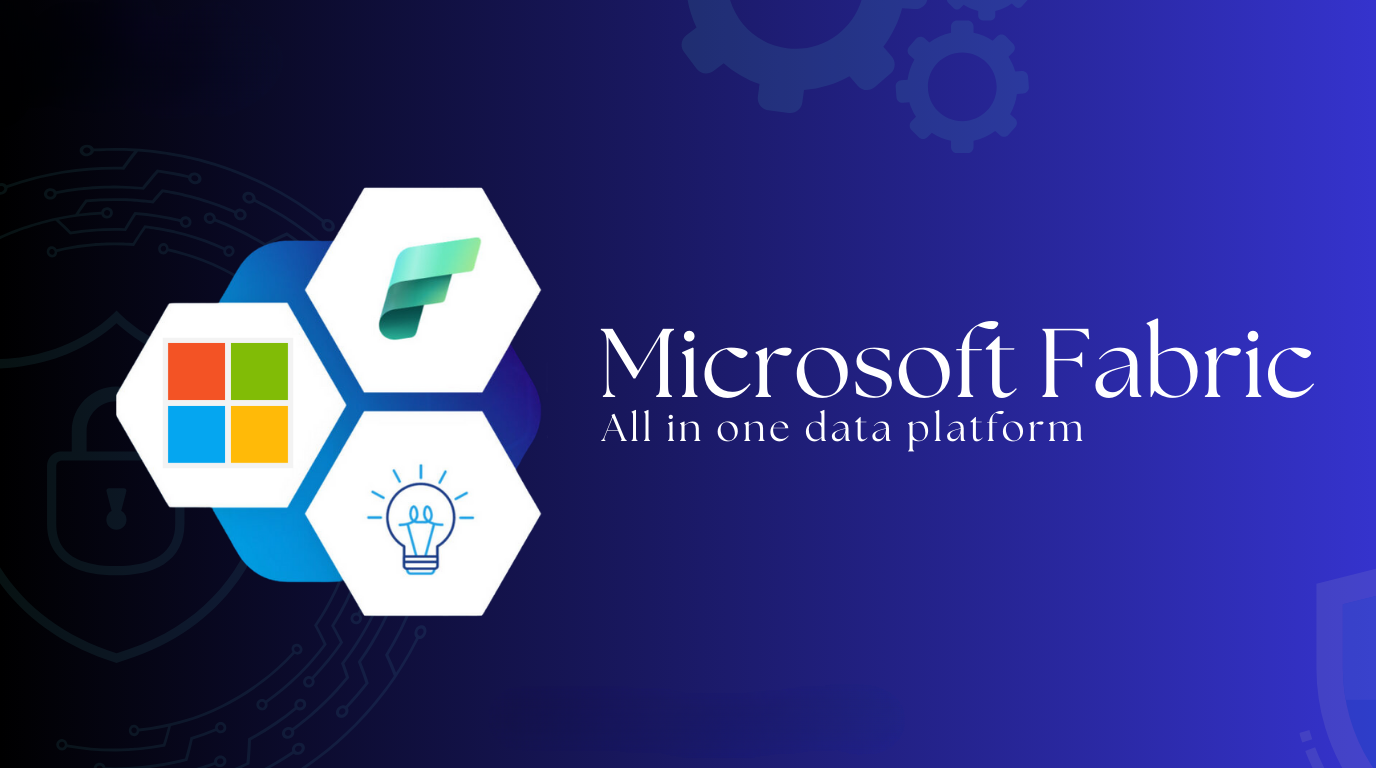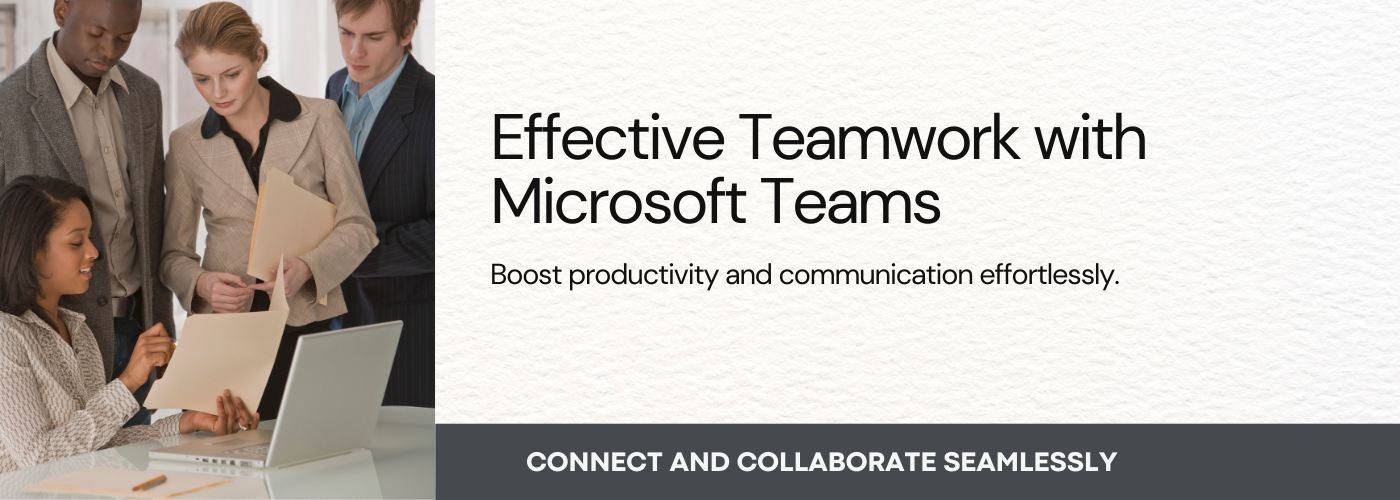Microsoft Fabric Uncovered Capabilities Advantages

In this blog we will dive into Microsoft Fabric and go over the core services offered on the Fabric platform. We will see how it has transformed since it’s launch and how it can benefit businesses with their growing data needs.
What is Microsoft Fabric?

Microsoft Fabric
Microsoft Fabric is an end-to-end analytics platform designed for enterprises that require a unified solution. It consists of data movement, processing, transformation, and report building. It offers services like Data Engineering, Data Factory, Data Science, Real-Time Analytics, Synapse Data Warehouse, and Databases.
By using Fabric, you don’t need different services from multiple vendors. It offers a unified, user- friendly platform that simplifies your analytics requirements.
Microsoft Fabric integrates separate components into a cohesive stack. Instead of relying on different databases or data warehouses, you can centralize data storage with OneLake. AI capabilities are seamlessly embedded within Fabric, eliminating the need for manual integration. With Fabric, you can easily transition your raw data into actionable insights for business users.
Core Features and Capabilities
OneLake Architecture
A data lake is the core where all Fabric workloads are stored. In Microsoft Fabric, this is called OneLake. OneLake is part of the Fabric platform and acts as a single place to store all your organization’s data used by different workloads.
OneLake is built on Azure Data Lake Storage (ADLS) Gen2. It offers simple, unified experience for both technical and non-technical users. OneLake makes using Fabric easier by removing the need to understand complex concepts like resource groups, access controls, or cloud regions.
Data Warehouse
Fabric Data Warehouse delivers top-tier SQL performance and scalability. By separating compute from storage, it allows each component to scale independently. It also natively stores data in the open Delta Lake format.
Database
Databases in Microsoft Fabric are developer-friendly transactional databases, like Azure SQL Database, making it easy to create operational databases within Fabric. With its mirroring feature, you can seamlessly bring data from various systems into OneLake. You can continuously replicate your existing data estate directly into OneLake, including data from Azure SQL Database, Azure Cosmos DB, Azure Databricks, Snowflake, and Fabric SQL Database.
Data Factory
Data Factory is a powerful tool for scheduling jobs and run ETL pipelines. It allows users to bring in data from all kinds of sources and ingest the data to a specific destination.
Power BI
Power BI makes it easy to connect to your data sources, visualize insights, and share them with anyone in form of reports and dashboards. This seamless integration within Microsoft Fabric allows business users to quickly access all data, explore key insights, and make more informed decisions with ease.
Real-time Intelligence
Real-time Intelligence is a complete solution for event-driven scenarios, streaming data, and data logs. It allows you to extract insights, visualize, and take action on data in motion by managing data ingestion, transformation, storage, analytics, visualization, tracking, AI, and real-time actions. The Real-Time hub offers a wide range of no-code connectors, bringing together organizational data in a protected, governed, and integrated catalog within Fabric
Unified Service
Building on the vision started with SQL Server and Synapse, Microsoft Fabric takes the next step in unifying technical capabilities. It integrates compute and storage into a single, simplified solution, including data serving and visualizations. Unlike the previous setup in Synapse, where the Power BI workspace had to be integrated separately, Fabric offers a truly unified workspace, making the experience much smoother.
In addition, Delta Lake becomes the standard format for all data in OneLake, no matter which transformation tool you use. This is a game changer, reducing the need for complex data movement and making both processing and consumption more efficient.
Microsoft Fabric provides everything needed to deliver data insights in one complete package. It also aligns well with industry concepts like Data Fabric and Data Mesh.
Benefits for Businesses
Integrations
The primary strength of Fabric is that it connects easily with Microsoft products and services. This saves a lot of time and effort from engineering point of view. The connections between various service are seamless and secure.
Scalability
Fabric can easily scale as per the need of business. It provides an optimize solution so that data is processed in the most efficient way. Data engineers can use big data frameworks to build large scale processing pipelines. This will allow businesses to analyze their data quickly even if it is huge in scale.
Security and Data Governance
Fabric offers centralized data management, allowing users to make governing policies on data. This makes sure that users can only see that data that they are authorized to.
Cost Effectiveness
Fabric eliminates the need for big upfront costs in hardware and software. With its unified capacity model and integration with Azure, businesses can save by paying only for what they use. This makes Fabric an affordable option for companies of any size.
Use Cases
Enterprise Data Warehousing
Collect data from multiple sources into a single, comprehensive warehouse.
AI and Machine Learning
Provide data scientists with a robust platform for developing and deploying advanced analytical models.
Real-Time Analytics
Process and analyze streaming data in near-real-time.
Conclusion
In summary, while the goal and challenges faced by data professionals remain the same, Microsoft Fabric offers a new unified platform to deliver insights more efficiently. It helps drive business growth and improve decision-making by significantly reducing time to insight. With its Software-as- a-Service model and integration with the popular Power Platform, it empowers business users to easily access and act on data.

























































No Comments